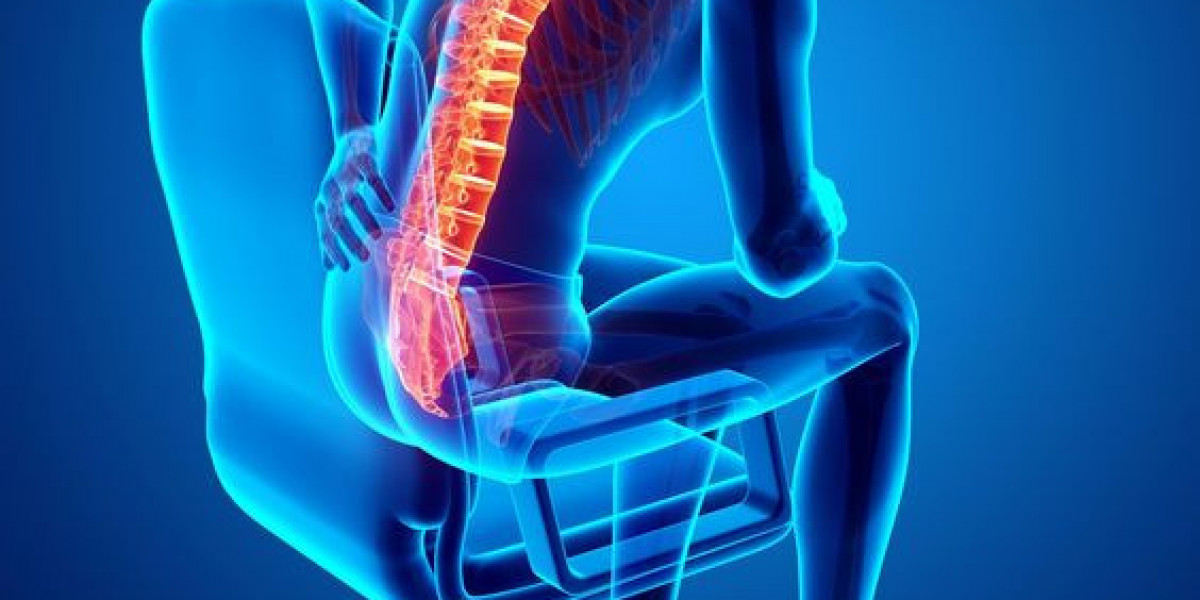Spinal cord injuries (SCI) can have devastating consequences, affecting mobility, sensation, and overall quality of life. Effective treatment is crucial for improving patient outcomes and maximizing recovery potential. While there is no universal cure for SCI, a combination of medical interventions, rehabilitation therapies, and emerging treatments offers hope for individuals affected by these injuries. This article explores the best treatment options available for spinal cord injury.
Immediate Medical Response
The first few hours after a spinal cord injury are critical. Prompt medical intervention can significantly impact recovery and minimize long-term complications.
Emergency Care
Immobilization: Emergency responders use rigid collars and backboards to prevent further damage to the spinal cord.
Respiratory Support: Severe SCI can impair breathing, necessitating ventilation support.
Intravenous (IV) Fluids: Maintaining blood pressure and oxygen levels is vital to prevent further spinal cord damage.
Steroid Administration: Medications like methylprednisolone may be administered to reduce inflammation and swelling, although their effectiveness remains debated.
Surgical Interventions
Surgery is often necessary to stabilize the spine, remove bone fragments, or relieve pressure on the spinal cord.
Decompression Surgery: Performed to relieve pressure on the spinal cord caused by swelling or herniated discs.
Spinal Fusion: Used when there is instability in the spine due to fractured vertebrae.
Implantation of Spinal Cord Stimulators: Advanced procedures aim to restore some neural function by stimulating nerve activity.
Rehabilitation and Therapy
Rehabilitation plays a crucial role in maximizing recovery and regaining functional independence.
Physical Therapy (PT)
Physical therapy helps SCI patients regain movement and strength through structured exercises. Therapists use:
Range of Motion Exercises: Prevents joint stiffness and muscle atrophy.
Strength Training: Helps build muscle to compensate for lost mobility.
Gait Training: In some cases, robotic-assisted devices are used to help patients walk again.
Occupational Therapy (OT)
Occupational therapy focuses on improving daily living skills.
Adaptive Equipment Training: Learning to use wheelchairs, braces, and assistive devices.
Hand Therapy: For patients with limited upper body function, enhancing grip and coordination.
Home and Work Modifications: Adapting living spaces to increase independence.
Speech and Respiratory Therapy
For patients with cervical spinal cord injuries, speech and respiratory therapy are essential:
Swallowing Therapy: Prevents choking and improves eating ability.
Breathing Exercises: Enhances lung function and reduces dependency on ventilators.
Medications and Pain Management
Effective pain management is a crucial aspect of SCI treatment.
Medications
Pain Relievers: Nonsteroidal anti-inflammatory drugs (NSAIDs) and opioids for pain relief.
Muscle Relaxants: Baclofen and tizanidine help reduce muscle spasms.
Antidepressants: Used to manage neuropathic pain and emotional well-being.
Nerve Pain Medications: Gabapentin and pregabalin help control chronic nerve pain.
Medical Treatment
Prescription MedicationCertain prescription medications are designed to relieve muscle-related conditions and promote better mobility and comfort. Healthcare providers recommend these medications based on a patient’s specific condition, medical history, and overall health to ensure both safety and effectiveness.
One such option is Baclof 10mg, a widely used muscle relaxant that contains baclofen as its active ingredient. It is prescribed for managing muscle spasticity caused by conditions such as multiple sclerosis, spinal cord injuries, and neurological disorders. Baclof 10mg works by acting on the central nervous system to reduce excessive nerve signals that cause muscle stiffness and spasms. Recommended for patients needing effective muscle relaxation, Baclof 10mg helps improve movement, reduce discomfort, and enhance overall quality of life.
Alternative Pain Management
Acupuncture: Stimulates nerves and may reduce pain.
Electrical Stimulation Therapy: Helps reduce pain and improve muscle function.
Mind-Body Techniques: Meditation and relaxation techniques help manage stress and discomfort.
Emerging Treatments and Research
Research on spinal cord injury treatment is evolving, with promising new therapies under investigation.
Stem Cell Therapy
Stem cell research aims to regenerate damaged spinal cord tissue. Clinical trials are ongoing to determine its effectiveness in improving motor and sensory function.
Exoskeleton Technology
Robotic exoskeletons enable individuals with SCI to stand and walk. These wearable devices provide mobility support and aid rehabilitation.
Neurostimulation Therapy
Spinal cord stimulators and brain-computer interfaces are being developed to restore motor functions in patients with SCI.
Gene Therapy
Researchers are investigating gene editing techniques to repair damaged spinal cord cells and promote nerve regeneration.
Psychological and Emotional Support
Coping with SCI requires emotional and psychological support. Patients often face depression, anxiety, and frustration.
Counseling and Therapy: Professional therapy helps patients cope with emotional challenges.
Support Groups: Connecting with other individuals with SCI can provide motivation and encouragement.
Mental Health Medications: Antidepressants and anti-anxiety medications help manage mood disorders.
Lifestyle Adjustments and Long-Term Care
Living with a spinal cord injury requires adapting to a new lifestyle.
Diet and Nutrition: Proper nutrition helps maintain overall health and prevent complications.
Regular Exercise: Wheelchair sports and adaptive fitness programs improve cardiovascular health and muscle function.
Preventing Secondary Complications: Regular medical check-ups help prevent infections, pressure sores, and osteoporosis.
Conclusion
While spinal cord injuries pose significant challenges, advancements in medical treatments, rehabilitation, and emerging therapies offer hope. A multidisciplinary approach, combining emergency care, surgical interventions, rehabilitation, and psychological support, provides the best outcomes for SCI patients. Ongoing research continues to push the boundaries of recovery, making a future with improved treatment options increasingly promising. For individuals affected by spinal cord injuries, early intervention and a comprehensive treatment plan are key to maximizing recovery and enhancing quality of life.






